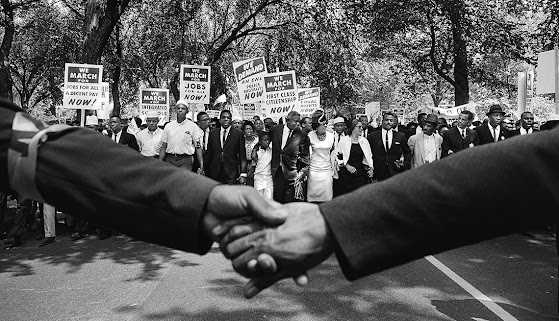Effects of Discrimination in Don't Explain

Introduction Discrimination has been rooted in American society since our country's inception. Over time, we have come closer to equality, but we still have never truly achieved this ideal. In the 1950's, Americans of minority race and sexual orientation experienced discrimination throughout all facets of their lives, including job opportunities. They also faced enormous hurdles in wealth and income inequality. These topics are explored in Jewell Gomez's work, "Don't Explain." We will discuss topics such as racial wealth inequality, sexual-orientation discrimination, capitalism's exacerbation of these issues, and how these come together in the story. Wealth Inequality Wealth Gap (6) First, we will discuss some historical context for racial inequality based on wealth statistics. Following the abolishment of slavery, the wealth gap between black and white Americans was 60 to 1 (1). Over the years, this gap steadily tightened, plateauing around th



